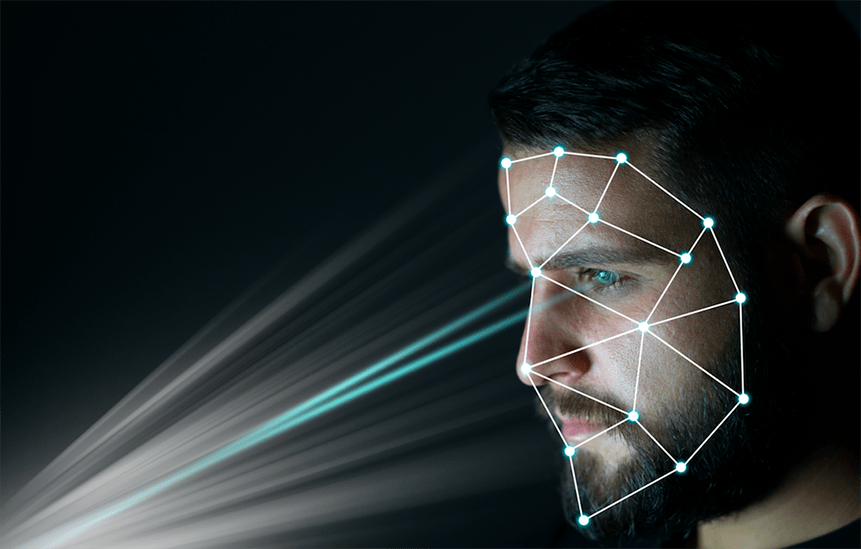The Request for Information (RFI) - which was issued solely for planning purposes and does not constitute a formal solicitation for proposals - explained that, "over the past five years there have been notable advances in computer vision and biometric approaches to facilitate unconstrained face recognition in which the pose, illumination and expression of the subjects is not controlled or limited."
"However," the ODNI said, "there remains challenges in diverse face detection, verification and identification when dealing with low-resolution or noisy imagery (e.g., motion blur, atmospheric turbulence). In addition, limited research has been performed on face recognition using imagery captured at high camera pitch angles, such as those collected from security cameras on building tops, or from airborne platforms such as unmanned aerial vehicles" which "is primarily due to a lack of authorized and sharable research data that represents this type of imagery."
The ODNI said IARPA's Janus Program and its resulting research is an example of such recent advances.
The objective of the ODNI's Janus Program is to "dramatically improve" the current performance of facial recognition technology "by fusing the rich spatial, temporal and contextual information available from the multiple views captured by today's 'media in the wild' in order to "move beyond largely two-dimensional image matching methods used currently into more model-based matching that fuses all views from whatever video and stills are available."
IARPA has said that "data volume" is "an integral part of the solution instead of an oppressive burden."
Janus has been funding what IARPA describes as "rigorous, high-quality research which uses innovative and promising approaches drawn from a variety of fields to develop novel representational models capable of encoding the shape, texture and dynamics of a face."
The Janus initiative aims to move away from reliance on a "single best frame approach" and toward addressing the challenges of Aging, Pose, Illumination and Expression (A-PIE) by exploiting all available imagery.
"Technologies must support analysts working with partial information by addressing the uncertainties which arise when working with possibly incomplete, erroneous and ambiguous data." IARPA says, noting that the goal of the program "is to test and validate techniques which have the potential to significantly improve the performance of biometric recognition in unconstrained imagery," and "to that end, the program will involve empirical testing of recognition performance across unconstrained videos, camera stills, and scanned photos exhibiting a broad range of real-world imaging conditions."
According to the new RFI, imagery that's "captured at long-range or altitude may ... require that additional biometric signatures be fused with face recognition to provide the necessary accuracy or confidence to be usable for person identification. Examples may include (but not limited to) whole-body identification, gait recognition and/or anthropomorphic classification (e.g., height, gender)."
IARPA said that the "fusion of multiple biometric signatures to address these limitations remains underserved by the research community," and that future "research in the area of biometric recognition and identification at altitude and range may support protection of critical infrastructure and transportation facilities, military force protection and border security."
IARPA outlined the following information that it is seeking through the RFI:
- Research data directly relevant to biometric recognition and identification at altitude and range that includes details on the collected data content, location, subject count, subject demographics and human subject research;
- Biometric research datasets that include imagery captured at long-range (300+ meters) or severe pitch angles (>20 degrees);
- Biometric research datasets that utilized UAVs to capture imagery and what specific models or types of UAVs were used in the collection;
- Biometric research datasets that include whole-body video imagery with identity groundtruth, preferably wholebody datasets that include unconstrained imagery in the wild, multiple viewing angles and multiple sightings with changes in clothing;
- Research on biometric identification at long-range or from aerial platforms;
- Research on whole-body biometric identification;
- Research on multi-modal fused biometric identification in standoff scenarios at ranges greater than 20 meters from sensor to subject, such as research on face + gait fused recognition.




Reader Comments
to our Newsletter